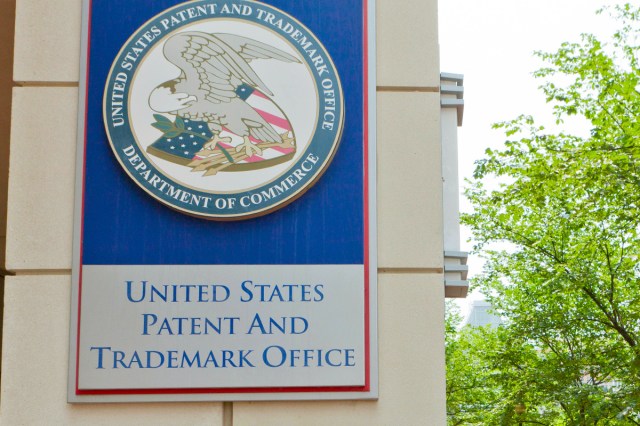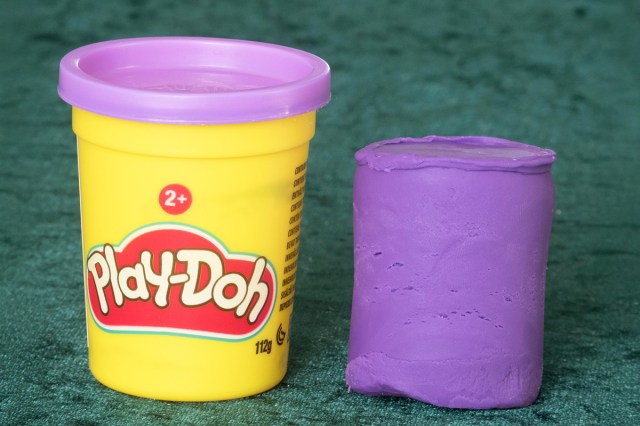
Trademarking a Scent Is an Uphill Battle
In the United States, trademarks are managed by the U.S. Patent and Trademark Office (USPTO), and the rules for scent trademarks are notoriously strict. First, the scent must be nonfunctional, which means the smell cannot be part of what makes the product useful. If a fragrance is an essential feature of the product — think the scent of a perfume or air freshener — it can’t be trademarked because it plays a fundamental role in the product’s usefulness.
Second, the scent has to be distinctive. It must trigger immediate brand recognition, much like seeing the Nike Swoosh or hearing Intel’s startup jingle. The average pleasant smell is not enough; it must be unique and unmistakably associated with one particular company.
Finally, the scent has to be describable in words. Applicants are required to submit a clear, detailed description of the smell they want to trademark. As anyone who’s ever tried to capture a scent in words can attest, this can prove to be incredibly difficult — and describing this invisible experience in a way that satisfies legal standards is even more challenging. These hurdles mean most companies don’t even attempt to trademark their signature scents.

Smell Marks Can Help Cement a Brand’s Identity
The tiny handful of successful scent trademarks showcases the power of this type of brand affiliation. Hasbro’s Play-Doh is one of the most famous examples: The company trademarked the smell of its modeling compound, describing the scent as “a sweet, slightly musky, vanilla-like fragrance, with slight overtones of cherry, and the natural smell of a salted, wheat-based dough.” It’s an incredibly specific description, but anyone who’s played with Play-Doh can likely recall the scent instantly, demonstrating the strength of our olfactory memory.
Another case comes from Verizon Wireless, which trademarked a custom “flowery musk scent” used inside its stores. This smell is part of an intentional strategy to shape customer experience, adding an invisible but memorable layer to retail visits. The smell isn’t just pleasant — it quietly signals to your brain that you’re in a Verizon store before you even glance at a logo or phone display.
Perhaps one of the quirkiest smell marks comes from the world of bowling. Storm Products trademarked the scent of its bowling balls, producing models that smell like grape, cinnamon, and other unexpected aromas. It’s an unusual marketing tactic, but it works — bowlers can quickly associate the fruity smell with Storm’s high-performance gear.

Scent Is Tied to Memory — And Emotion
Our sense of smell is one of the most primal and emotional senses we have. It’s directly wired into the limbic system, the part of the brain that handles memory and emotional responses. A scent can instantly transport you back to your grandmother’s kitchen, a particular summer vacation, or your first car.
Brands understand how powerful our sense of smell can be. Scent can forge a deep, subconscious connection with consumers that can prove even more enduring than a visual symbol or catchy tune. Hotels pump signature scents into lobbies, elevators, and hallways to create a sense of relaxation and familiarity. Luxury car makers scent their showrooms subtly with leather and wood notes to enhance perceptions of craftsmanship and elegance. And amusement parks infuse the air with playful, nostalgic aromas — such as cotton candy or popcorn — to draw visitors deeper into the childlike magic of their world.
More Interesting Reads

We All Smell Things Differently
Despite the benefits of smell in marketing a product or experience, trademarking a scent remains an elusive achievement. We all have a different “smellscape,” meaning each of us perceives smells differently. These differences have a range of causes, from our genetics, cultural backgrounds, or even what we’ve eaten recently. And since it can be difficult to describe the specifics of an aroma, our descriptions are often vague and subjective.
Even beyond the obstacles of our individual perceptions, brands must demonstrate that consumers have come to associate a particular smell with their goods and nothing else. This often requires expensive consumer studies and focused marketing efforts that drag on for years, sometimes decades. Play-Doh has been in business since 1956 — imprinting its unmistakable smell on the memories of multiple generations — but the iconic scent wasn’t officially trademarked until 2018.
While scent trademarks clearly remain difficult to attain, for brands willing to invest the time and money, the payoff — legal protection for one of the most enduring aspects of their identity — can be well worth all the hassle.












